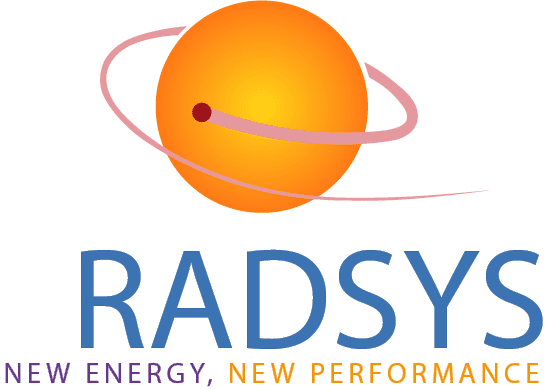UV Technology already in used in many industrial activities
Printing and Graphics arts
UV curable inks are an alternative to solvent based products. This is because conventional drying is often carried out by evaporating the water or solvents contained in the inks. This results in a decrease in the initial ink application of more than 50%. Conversely, UV curing is instantaneous and produces no environmental pollutants because it uses solvent-free inks and does not involve any evaporation of material. It therefore contributes to improving productivity, saving time and energy, as well as reducing waste and pollution.
UV technology is often used in digital printing, offset, flexography, lithography, screen printing and letterpress printing because it allows more flexibility, better quality rendering, longevity of prints, while saving time. Prints made with UV technology are more resistant to everyday wear, scratches or sun exposure.
Metal Decoration
The use of UV technology in Metal Decor process started at the end of the 1960s.
The use of UV varnish on the edges of a tin can or food can gives to the surface a smooth, hard-wearing characteristic that ensures ease of conveying throughout manufacturing and filling operations. Coating the edges with UV varnish makes the manufacturing and filling process more efficient and therefore more profitable. UV curing provides better protection of aluminum or steel cans and cans against abrasion and corrosion.
Electronics / Optical media
UV radiation is often used for bonding, printing and varnishing optical discs and other electronic items. UV varnishes provide better resistance to abrasion and scratches and are often used to protect the sensitive side of optical discs.
UV technology is often used in printed circuit board assembly processes. To protect them against humidity, dust, chemicals and extreme temperature that can damage them, a specific transparent UV varnish is applied to the electronic circuits.
Wood industry
UV varnishes are used in the finishing, varnishing and laminating of furniture and joinery. With the advantages of obtaining increased hardness and longevity, they contain little or no environmentally harmful solvent and increase the quality of end products.
Automotive
With regard to automotive components, the properties of UV coatings can reduce reflections on surfaces, making them more resistant to wear and scratches, fogging, microbes as well as chemicals.
When applied to car windows, UV varnish further reduces the intensity of ultraviolet radiation passing through them.
Disinfection
Prolonged exposure to UV light disinfects the air. Air disinfection using UV technology is much more environmentally friendly than many other methods because it does not introduce any chemicals into the air, using only ultraviolet radiation to kill microorganisms.
UV technology can be used in the process of sterilization and disinfection of water as it allows the elimination of pathogens without chemicals. One of the main advantages of UV treatment is that the water disinfects faster than with chlorine, without the need for a bulky basin or harmful chemicals.

